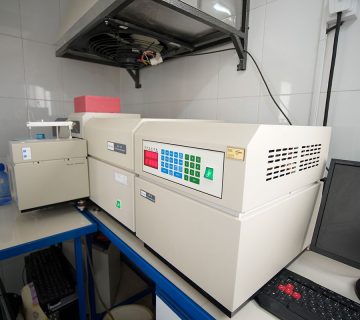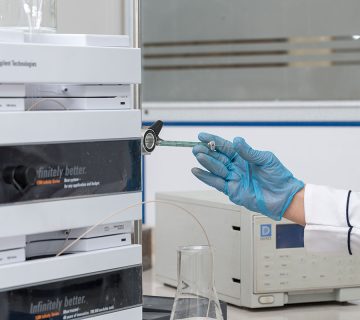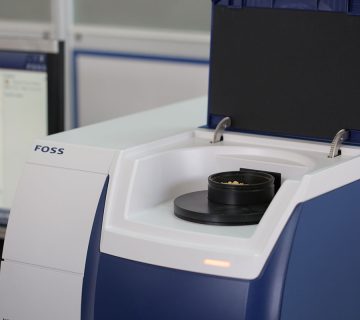A GC device, or gas chromatograph, is a common laboratory equipment used for the separation and identification of volatile substances. This method is primarily used for analyzing substances that do not decompose in the vapor state. The GC device is used for applications such as determining the purity of a substance and separating the components of a mixture (by determining the ratio of the components).
The device consists of capillary columns and an ionization detector. Its operation is based on two phases: mobile and stationary. The mobile phase is essentially the carrier gas that contains the analyte sample. The analyte sample is usually injected into the system in liquid form. It then vaporizes and mixes with the carrier gas, and this mobile phase enters the column. As the mobile phase passes through the chromatography column, part of the sample is absorbed by the stationary phase.
The basis of separation in the GC device is the sample’s affinity for the stationary phase as it passes through the column. The absorbed components are separated gradually based on their interactions with the stationary phase. Once the sample separates from the stationary phase and exits the column, the substance and its quantity in the analyte are identified by the GC detector and the resulting output signals.
Volatile fatty acids (VFA) are among the compounds that can be specifically measured in a chromatography laboratory.
 Русский
Русский فارسی
فارسی English
English 简体中文
简体中文 العربية
العربية





بدون دیدگاه